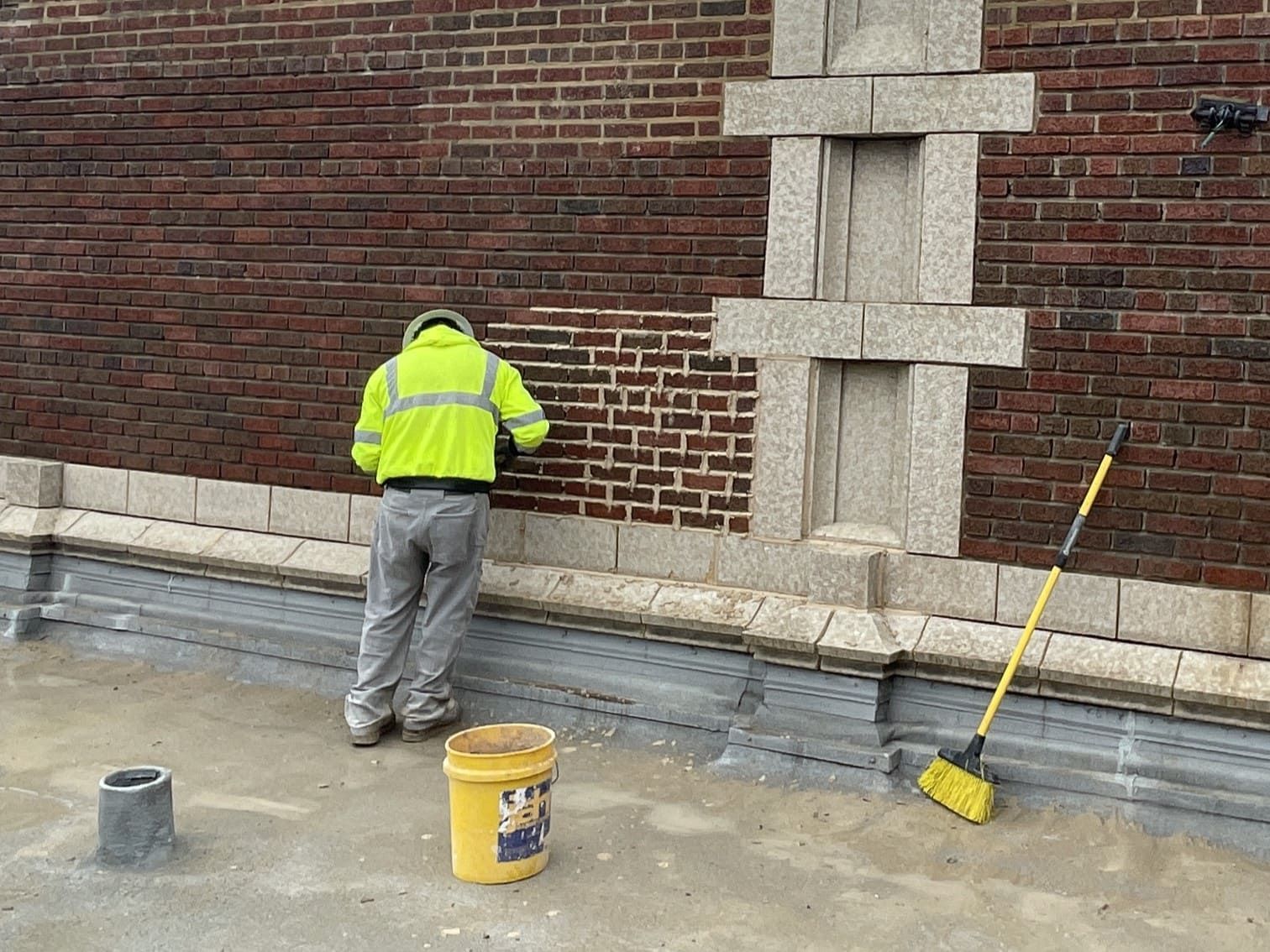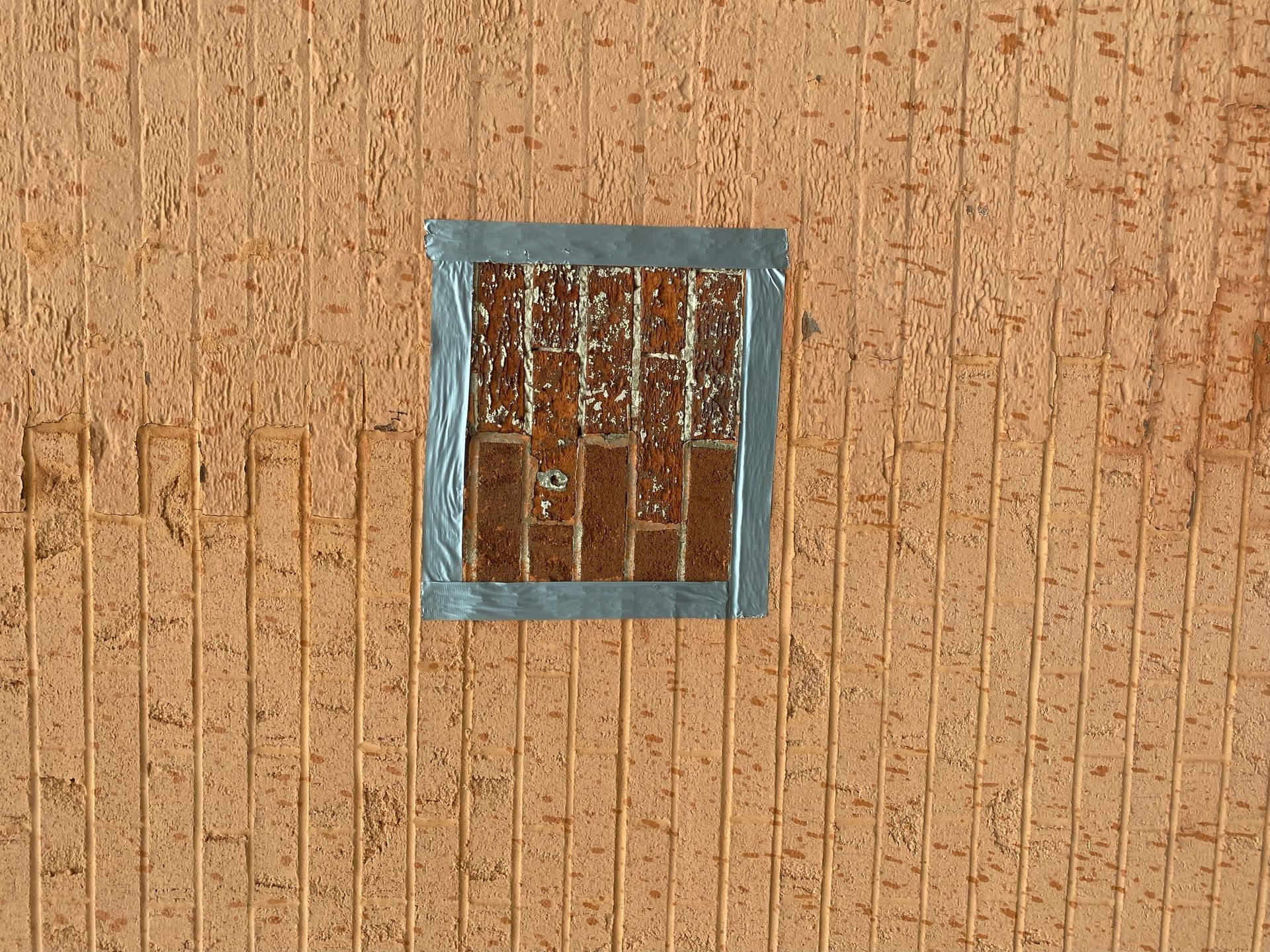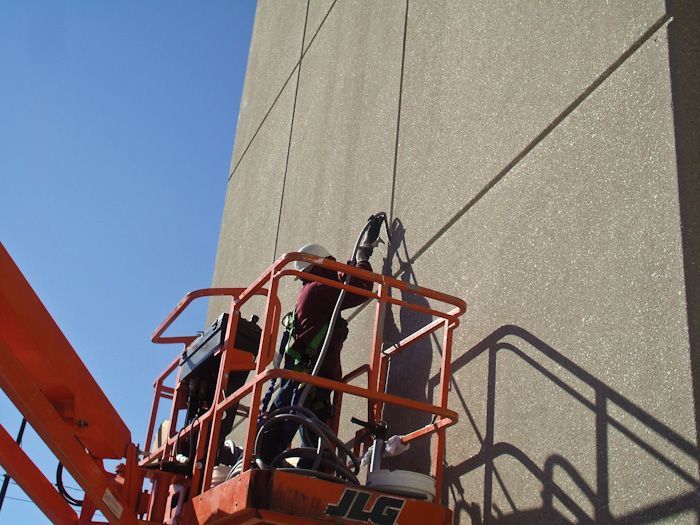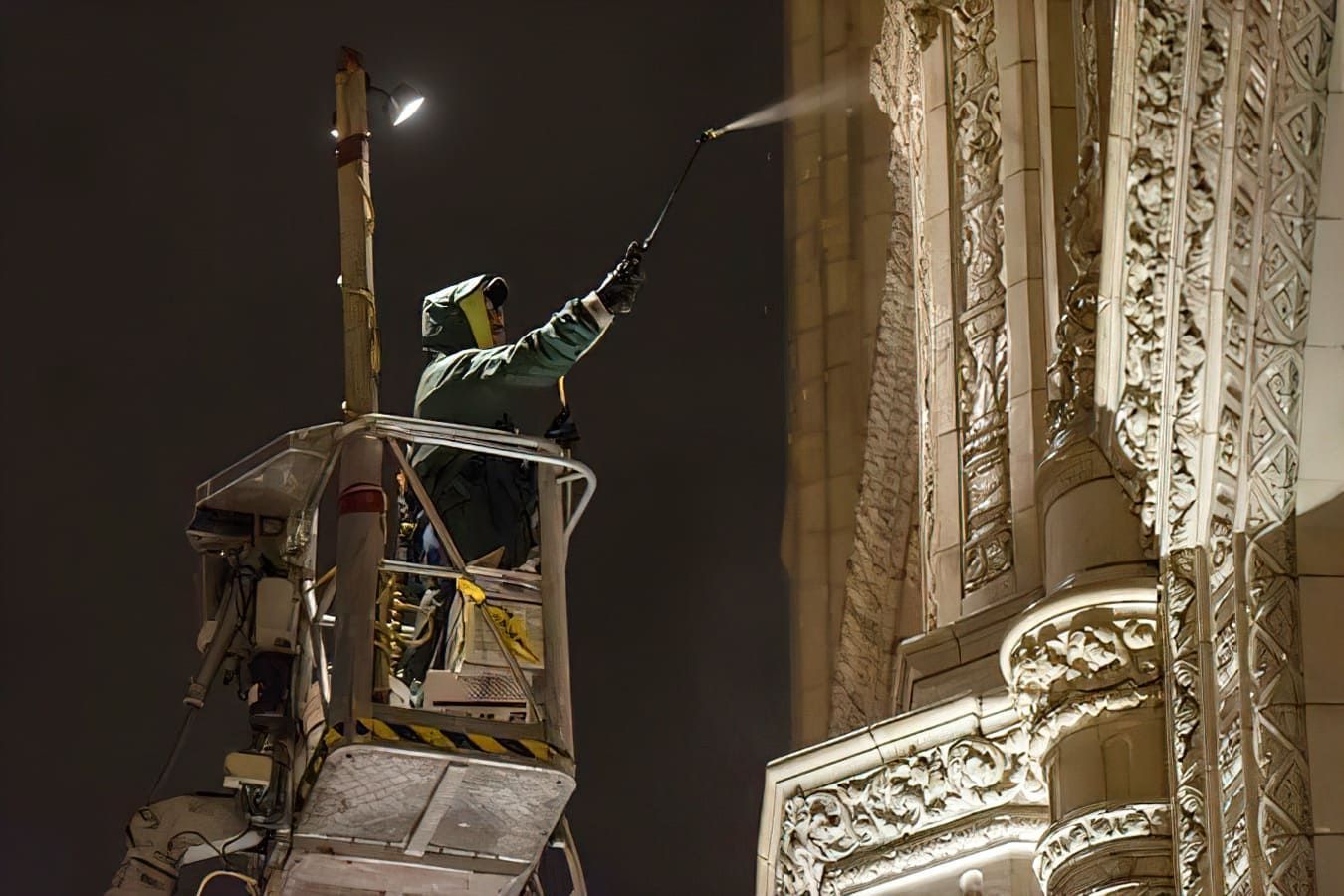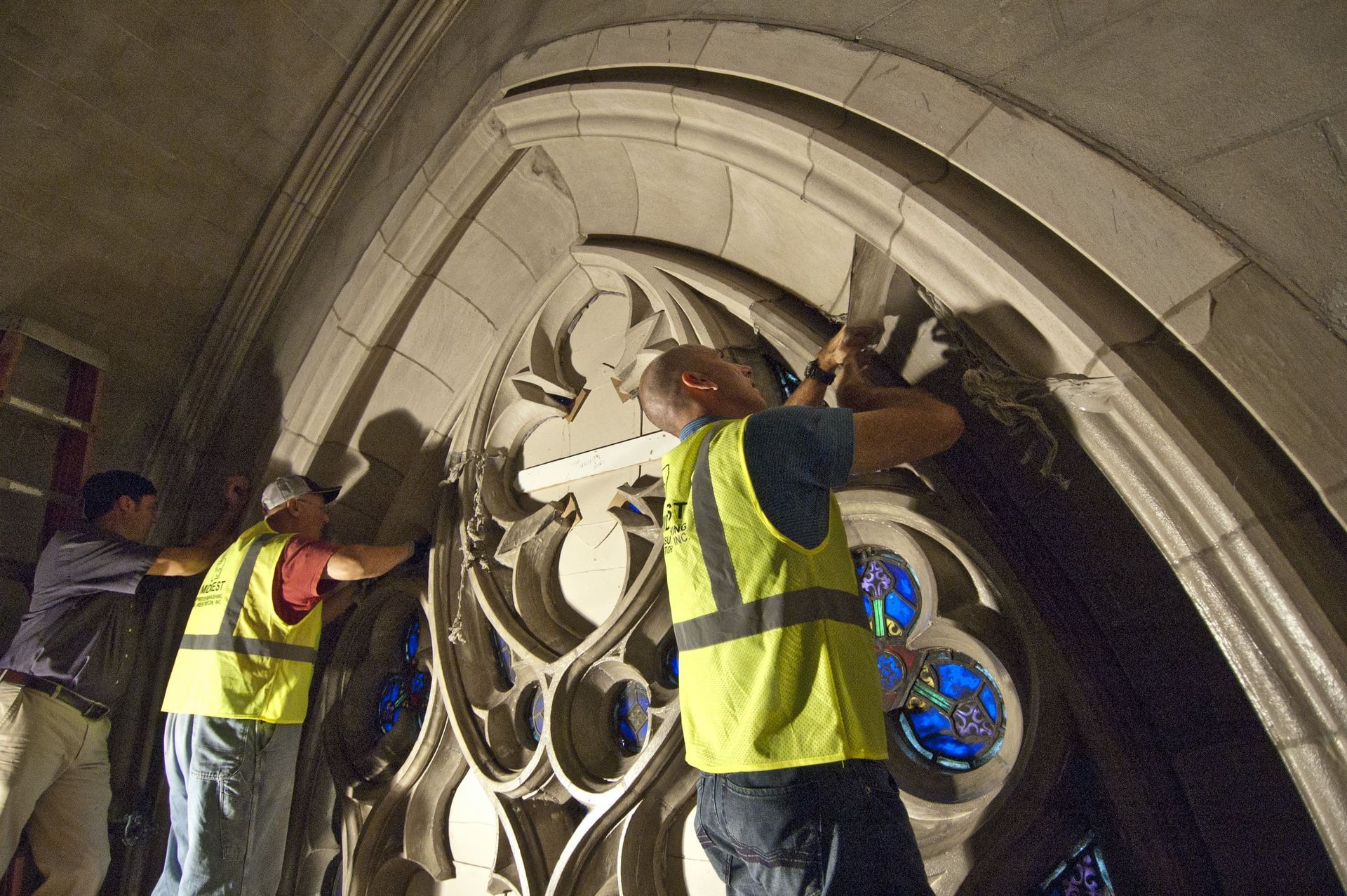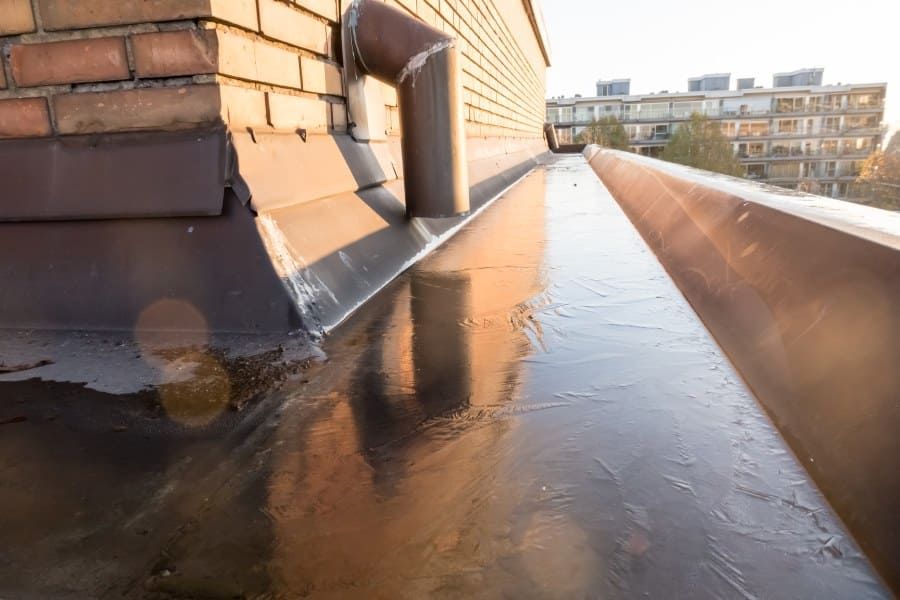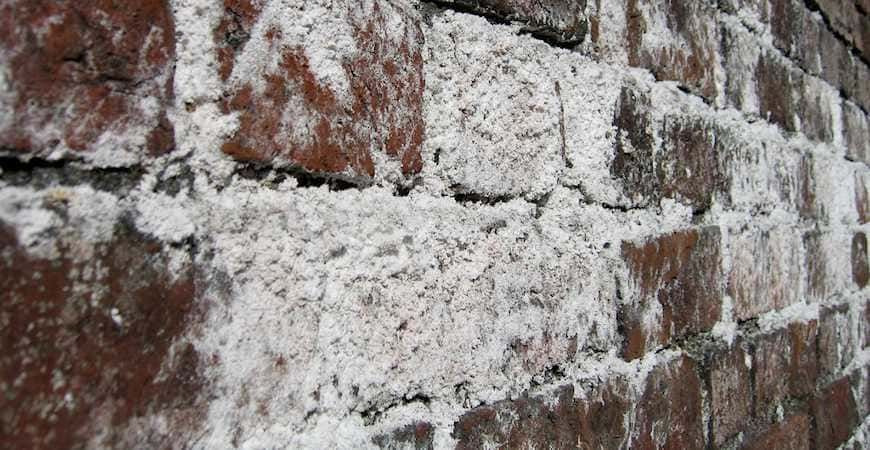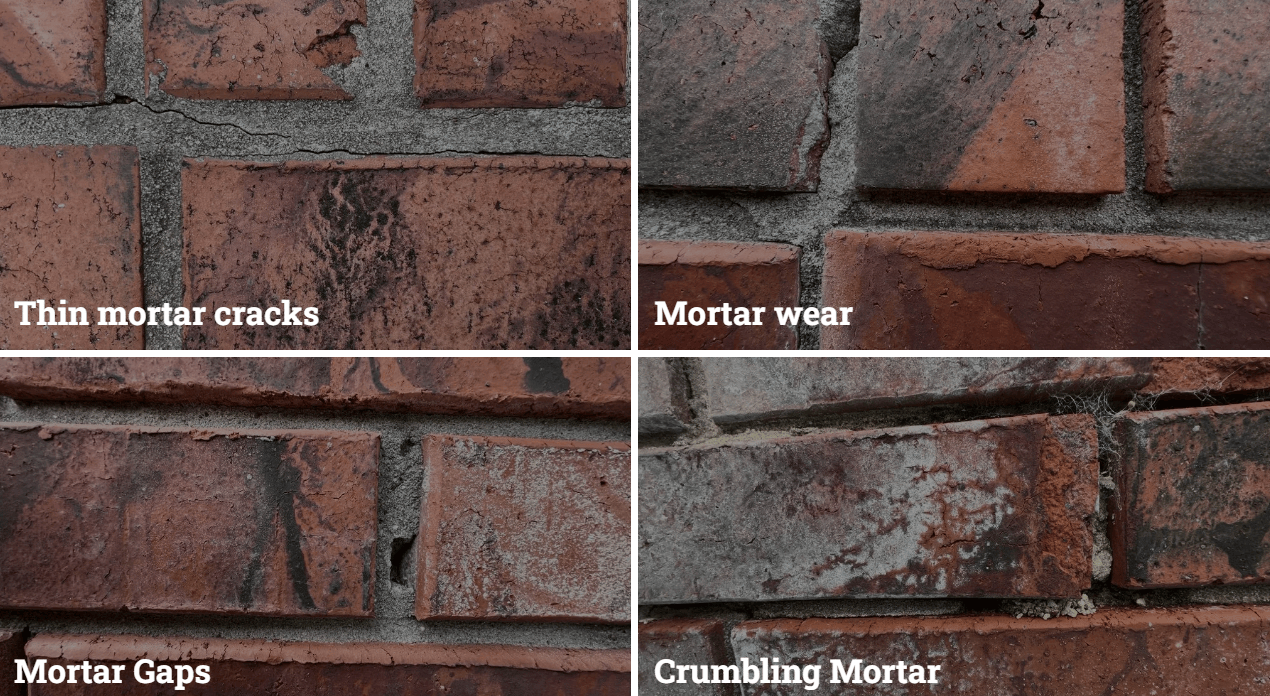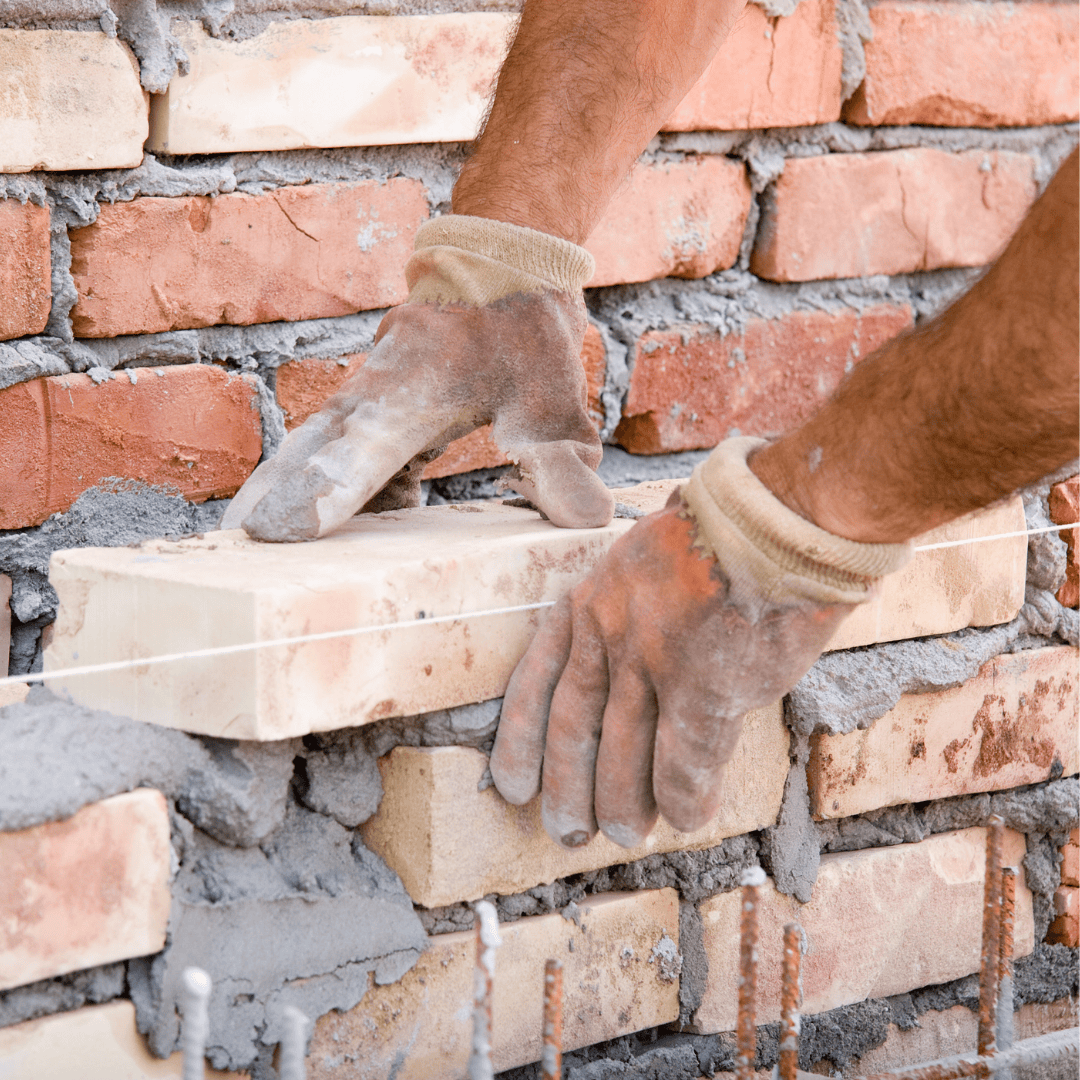As Chicago’s winter ends and spring arrives, it’s time for property managers and facilities teams to assess how their masonry structures held up through the harsh winter months. The freeze-thaw cycles, road salts, and winter winds can leave their mark, exposing your masonry to potential damage. If left unchecked, they can become serious issues.
To help you prepare your building for the months ahead, we’ve outlined a detailed Masonry Spring Cleaning Checklist. This guide focuses on protecting your investment, preventing avoidable repairs, and keeping your masonry in peak condition.
#1. Assess Winter's Impact on Masonry
Winter is hard on masonry, often revealing weak points that need attention. Start your inspection with an evaluation of:
- Cracks in mortar joints or masonry units: These are often caused by freeze-thaw cycles, which expand trapped moisture and create stress on the materials.
- Efflorescence: Look for white, chalky deposits on the surface, an indicator of excessive moisture and potential water management issues.
- Spalling or flaking: Brick, stone, or concrete surfaces may show signs of deterioration due to water infiltration and deicing salts.
- Staining or discoloration: This could indicate water infiltration, pollutants, or reactions with building materials.
Pro Tip: Use a notebook or photo documentation to track areas of concern. This will make it easier for you to monitor changes over time and communicate with repair professionals.
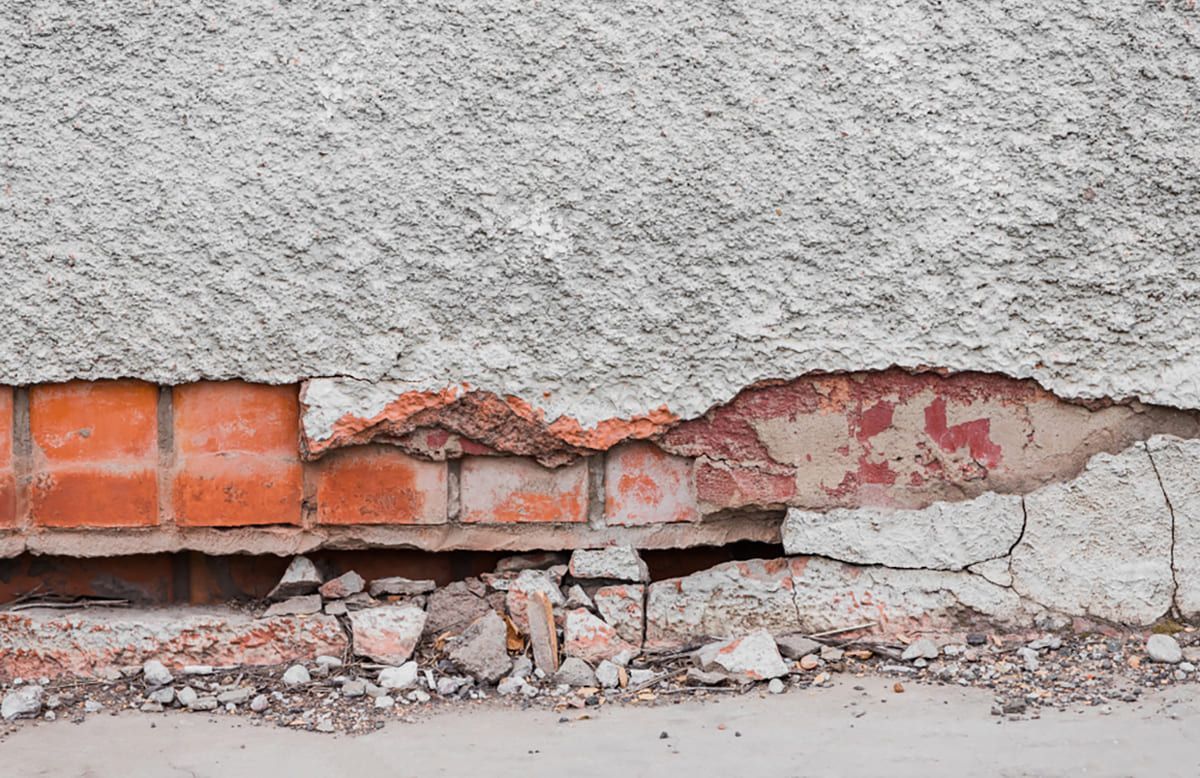
#2. Moisture Management
Moisture is the enemy of masonry. Looking into water issues now can save on repair costs later:
- Clean gutters and downspouts: Make sure water flows freely to prevent overflow that can saturate walls.
- Check grading and drainage: Ensure the ground slopes away from your building to prevent water pooling around the foundation.
- Inspect flashing and caulking: Repair or replace damaged components to seal out moisture.
Industry Insight: The National Trust for Historic Preservation states that uncontrolled moisture is the most common cause of deterioration in older and historic buildings.
#3. Clean Surfaces Safely
Winter leaves masonry grimy and coated in residue from deicing salts and pollutants. Proper cleaning methods help restore the material without causing harm. Use professional restorative masonry cleaning services to perform:
- Low-pressure washing: Use gentle water pressure to remove dirt while protecting the surface.
- Masonry-safe cleaners: Opt for pH-neutral solutions designed for masonry to tackle tougher stains. Avoid acids that can degrade the material.
- Efflorescence removal: A soft brush and mild detergent often do the trick, but avoid abrasive scrubbing.
Note: RestoreWorks offers mock-up services, which allow you to visualize the completed project before proceeding with a full-scale restoration.
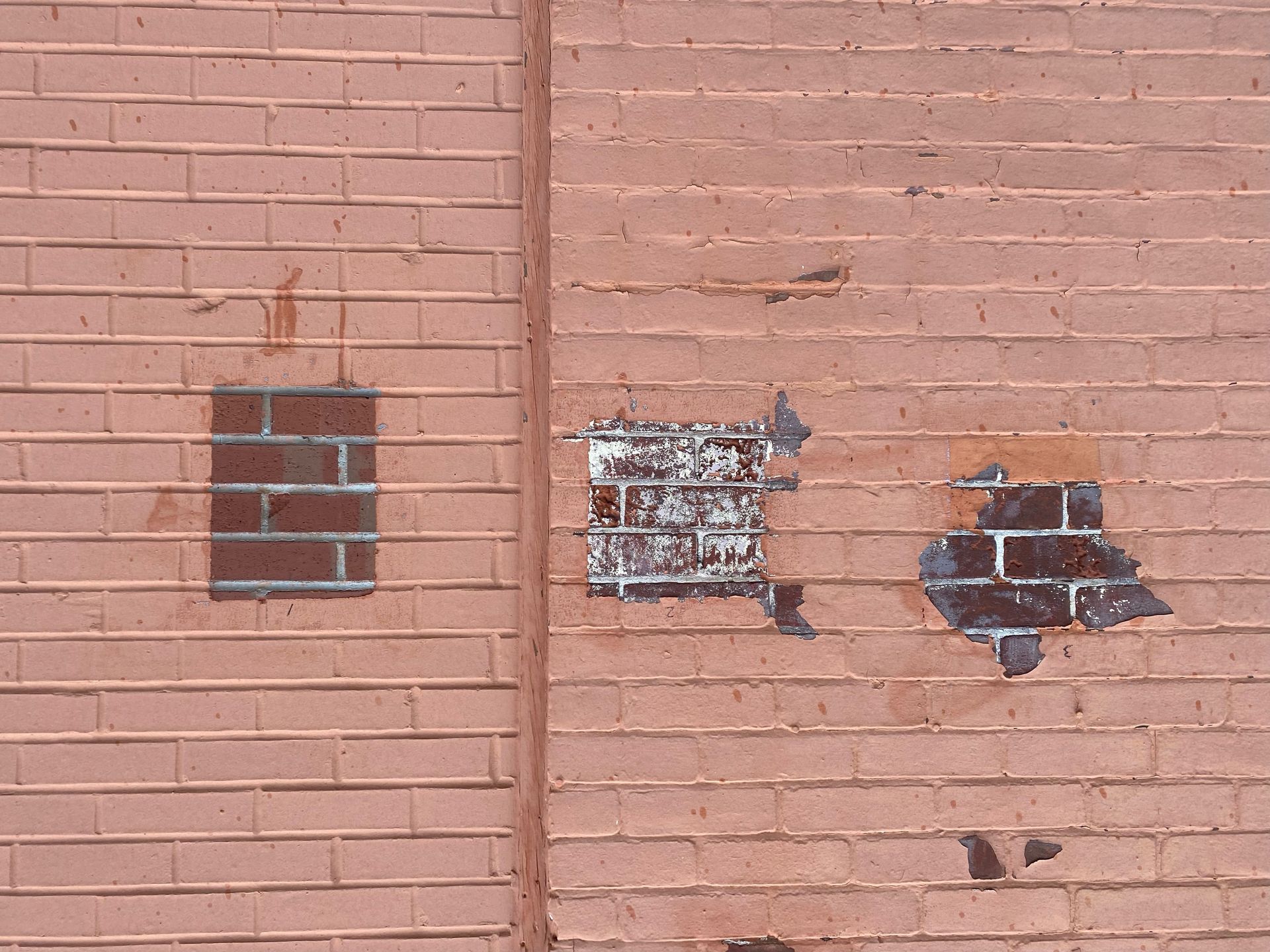
#4. Address Repairs
Small problems can quickly get worse if not dealt with in time. Work with a qualified commercial masonry tuckpointing contractor in Chicago to handle:
- Repointing mortar joints: Commercial masonry tuckpointing contractors specialize in replacing deteriorated mortar with a compatible mix, which prevents water penetration and strengthens the structure.
- Replacing damaged units: Cracked or spalled bricks or stones should be swapped out for matching materials to maintain the building’s appearance.
- Sealing cracks: Apply appropriate sealants to prevent water infiltration and further damage.
Remember: The Brick Industry Association states that having thorough inspections and a maintenance program may significantly help extend the life of your building.
#5. Add Protective Measures
Once the structure is clean and repaired, consider protective treatments to extend its lifespan:
- Water repellents: Use breathable sealants that protect against moisture without trapping water inside the masonry.
- Anti-graffiti coatings: In urban settings, these coatings make it easier to remove graffiti without harming the surface.
Reminder: Not all masonry needs to be sealed. Consult a professional masonry contractor to determine whether protective treatments are appropriate for your building.
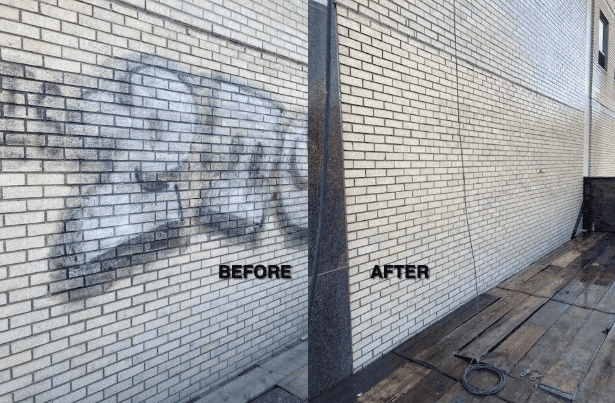
#6. Develop a Maintenance Plan
Spring cleaning is the first step in a year-round commitment to masonry care. Develop a regular inspection and maintenance schedule that aligns with the needs of your building. Partner with a commercial masonry restoration contractor to identify seasonal risks and implement preventive strategies.
Facility Management Fact: The Facility Management Journal (FMJ) states that 69% of organizations outsource more than half of their facilities services, while only 6% deliver them entirely in-house. This shows a growing trend: facilities managers rely on trusted partners to handle specialized maintenance needs like restorative masonry repairs and cleaning.
Why Masonry Maintenance Should Be a Priority
Neglecting masonry upkeep can lead to safety risks, water intrusion, and regulatory challenges, not to mention costly emergency repairs. Taking the time to inspect, clean, and maintain your masonry this spring helps protect your investment while avoiding larger headaches down the road.
If you’re ready to give your building the care it deserves, RestoreWorks is here to help. Our team specializes in masonry restoration and preservation throughout the Chicago area. Whether it’s inspections, repairs, or preventive maintenance, we bring decades of expertise to every project. Contact RestoreWorks today to schedule your spring consultation.
Get in Touch
We will get back to you as soon as possible.
Please try again later.
© 2024 | All Rights Reserved | RestoreWorks Powered by WSI-Summit

